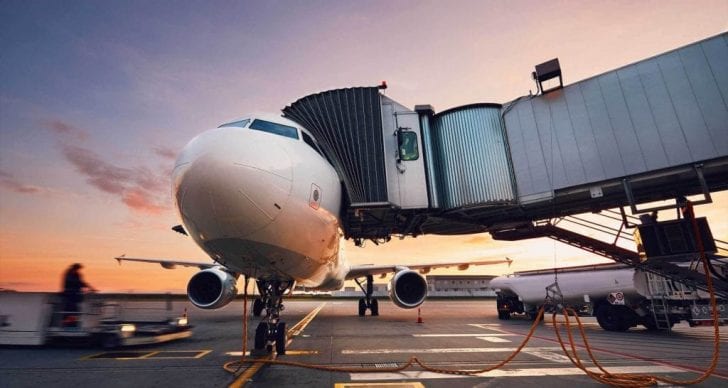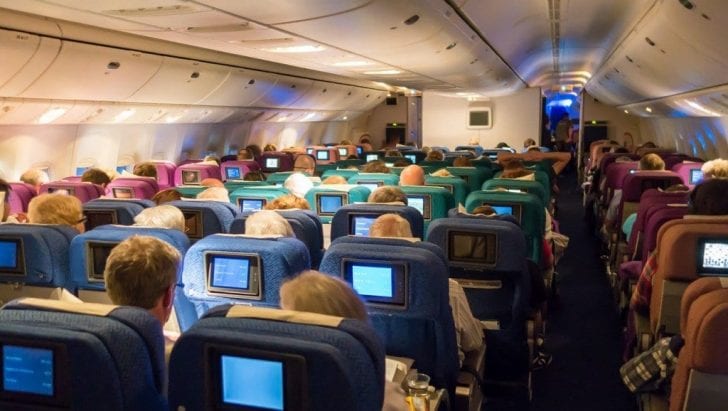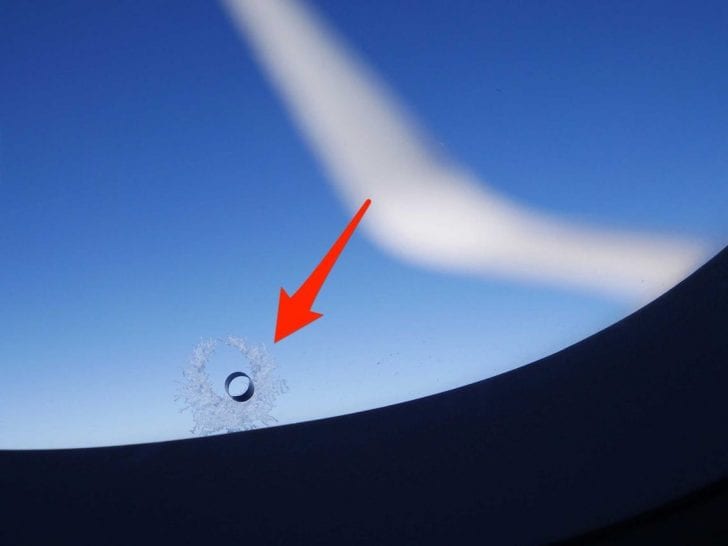Being stuck in a 10-hour flight with six babies onboard can leave you with no choice but to entertain yourself. Lucky you if you’re on the window side as at least you can see a different view apart from the boredom staring back at you inside the plane.
While looking out for the greenery down below or the sea of clouds the aircraft smashes through, you suddenly see a small hole at the bottom of that 12-inch rectangular pane — fret not, you did not break it because all other windows have the same minuscule disruption.
Airplane Window Composition
The tiny opening you must have observed by now is not really for aesthetic purposes. It even looks misplaced and unnecessary at its spot, but little did we know that it serves a function that is much more important to us travelers.
First of all, let us understand the anatomy of an airplane window. It consists of three separate acrylic panes, so when you peep outside to check, you are actually seeing things from transparent layers.
The first of which is the one you can touch, tap, or even scratch from the comfort of your seat, the middle where the hole is located, and the outer, which is in touch with the clouds, British Airways pilot Mark Vanhoenacker wrote in “Slate.”

All three panes have specific jobs and not just there to fit the mold of the aircraft. The outer and middle panes have a space called the air gap.
The inner one is to protect the two others. Together, all layers keep us safe. But before we understand how that actually happens, let’s learn a thing about air pressure first.
Air Pressure
For those who don’t know, flying up above causes a change in air pressure, as when you’re mountain climbing.
However, you don’t really notice any difference with the air and that’s because of the hole, oftentimes called bleed or breather hole, and the aircraft’s pumping of conditioned air that is the same as when you’re on the ground, which makes you comfortable as you travel.
Because of this, passengers would not pass out or worse, suffer from hypoxia, whose complications include death.
However, as the plane gets higher and higher, the air gets thinner and if you are exposed to it, you will likely experience shortness of breath.

Normally, we are used to 14.6 pounds per square inch of air pressure, this is how we breathe on the ground.
But when you fly about 35,000 feet above, the pressure dives to just 3.47 pounds per square inch, so inside the cabin, around 11 pounds per square inch is maintained.
Because the air in and out of the airplane is not balanced, that on the inside would find a way to get outside.
Work of the Tiny Hole
The tiny hole works somewhat like a mediator between the air inside and outside, balancing the air pressure.
While the passengers are safely traveling, the strain gets greater as the plane reaches higher altitude and that’s where the breather hole enters: it helps to unburden the pressure on the cabin.
Needless to say, the outer layer takes the most work, but in the event it shatters, the middle and inner panes are still available.

The equilibrium of the air pressure is not just what the bleed hole accomplishes, it also acts to prevent fog and moisture, which has something to do with the difference of the temperatures inside and outside of the cabin.




